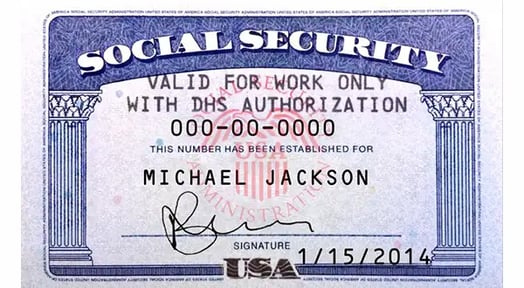Social Security will have to dip into its emergency reserves to dish out this year’s payments — the first time it will tap its rainy day fund in 36 years.

But this is just the start of Social Security’s financial troubles. According to the program’s trustees, the money will run out in 16 years.
A runaway train speeds up
Social Security, which taxes workers to pay retirees, is built on the principle that individuals give while they’re young and get when they’re old — but the givers (you) are decreasing while the getters (your uncle Frank) are increasing.
The ratio of workers to retirees (which dropped from 3.3-to-1 in 2007 to 2.8-to-1 today) has never been great — but even the government didn’t expect everything to dry up so fast.
But recent tax cuts decreased the amount of revenue that the programs will receive, moving the retirement fund’s expected expiration date a year earlier (Medicare’s will now die 3 years earlier).
So what happens after the money’s all gone?
In 2034, benefits will not disappear entirely — instead, they’ll be doled out at ¾ of their previous value through 2092. Anyone retiring outside of the next 16 years will get something — just not what they paid for.
But, analysts say workers should worry less about social security and more about what they’re (not) saving for retirement.

